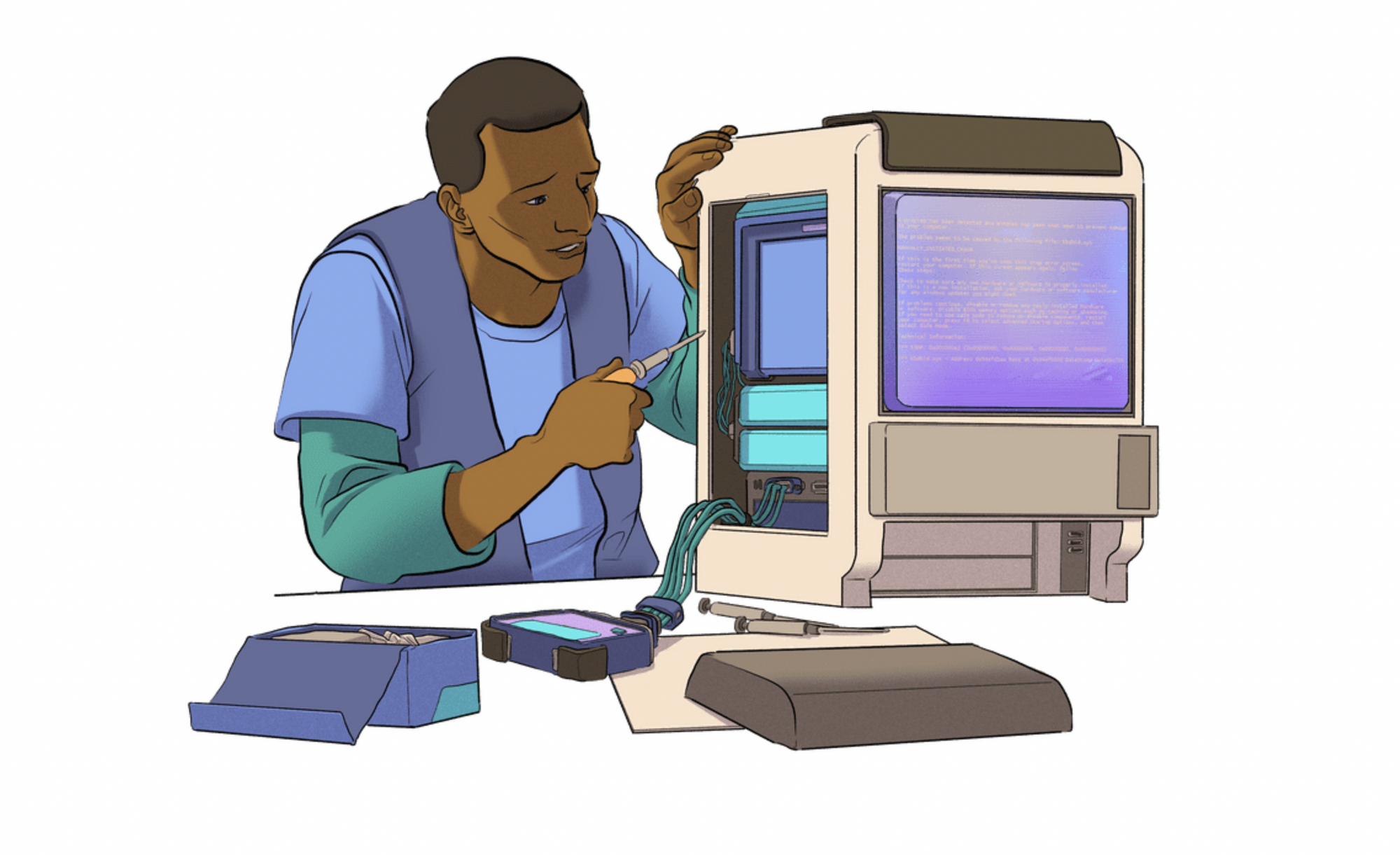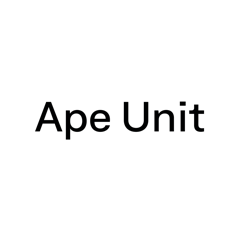A few weeks ago, we sat down with our resident expert, Sascha Hanse, to discuss Ethereum, proof of stake, and Eth2 in context to help everyone on our team have a better understanding of the upcoming changes to the blockchain. Over the coming weeks, we'll be writing short pieces about different topics related to Ethereum. We hope it will be a helpful resource for anyone wanting a broad understanding of the discussion people are having every day. This is the second article in this series — find the first one here.
Ethereum is the most popular smart contract enabled blockchain, with over 14 times as many daily transactions as the second largest, Cardano. However, Ethereum is a victim of its own success. Everybody wants to use it because its robust ecosystem and huge user base make it more secure than any other smart contract chain. Unfortunately, the chain's capacity is very low, making transactions on it very slow and expensive. Ethereum's block capacity hasn't changed as the protocol's popularity has grown; currently, the Ethereum network can only process about 30 transactions per second. Therefore, the network is costly to use because block space is limited.
Isn't blockchain open for everybody to use? Why do I have to pay to make transactions?
Blockchain is an open resource because there is no discriminatory authority that prevents any specific person from using the platform. However, hundreds of thousands of people want to make transactions on Ethereum every day, while the network can only accommodate 30 transactions per second. Because block space is so limited and demand on the Ethereum network is so high, block space has become a scarce resource. Ethereum's mechanism for selecting the transactions written into the next block is finding a price equilibrium between the supply and demand for block space. So, in order to have your transaction included in the next block, you have to pay a fee that becomes more expensive as demand on the network increases.
"Every block has a base fee, the minimum price per unit of gas for inclusion in this block, calculated by the network based on demand for block space. As the base fee of the transaction fee is burnt, users are also expected to set a tip (priority fee) in their transactions. The tip compensates miners for executing and propagating user transactions in blocks and is expected to be set automatically by most wallets." (ethereum.org)
Ethereum uses too much energy.
Ethereum uses a proof-of-work (PoW) consensus mechanism as its method of securing the network (we will cover PoW in more detail in a later post). PoW requires a global system of computers to be performing computational work in order to reach a consensus on the state of the ledger, and select the block leader who will create the newest block on the chain. This computational work is directly tied to energy consumption. As the network becomes more crowded and the value of Ether goes up, more computational work and energy are required. PoW is to blame for most blockchains' enormous environmental impacts. Since its creation, developers have been trying to address the problem of Ethereum's enormous carbon footprint, which the recent NFT boom has exacerbated.
"Proof-of-Work (PoW) consensus on Ethereum currently consumes the energy equivalent of a medium-sized country, but this is actually necessary to keep a PoW chain safe. As the name suggests, PoW reaches consensus based off of which fork has the most "work" done on it. Under PoW, as the price of ETH and the hashrate are positively correlated. Therefore, as the price increases, in equilibrium so too does the power consumed by the network." (blog.ethereum.org)
How did Ethereum become so popular if it's so expensive to use?

Ethereum is a beneficiary of a first-mover advantage. It was the first blockchain to come out with smart contracts that enabled full programmability. For people who were interested in smart contracts seven years ago, Ethereum was the only option. As a result, all of the tooling and most extremely large blockchain projects (that are not networks themselves) are built on Ethereum. By extension, Ethereum has also benefited from the promotion and growth of the projects that were on its network before there were other smart contract-capable blockchains. As the projects built on Ethereum grow, so does Ethereum's reputation and brand recognition, perpetuating a cycle of user growth on Ethereum.
Take the ERC 20 token, for example, which has been one of the biggest catalysts for Ethereum's success. The ERC 20 smart contract is a succinct contract that lets you make your own token and use community-created building blocks to build complex applications. While other chains now have similar systems, Ethereum has such a long history (comparatively) with so many people working on it that a much larger support ecosystem is already in place. There are more building blocks, more people, and resources on Ethereum, which makes it a much more attractive ecosystem to many developers and users. Many people are drawn to Ethereum because they don't want to build everything from scratch. Instead, they want to have the support of a solid pre-existing network and community.
So, how is Ethereum going to address these problems? Well, the “captain-obvious” answer would be by finding new ways to increase the network's bandwidth (more supply of block space in relation to demand) and lower the computing power necessary to create a new block. The Ethereum Foundation is working to do just that with the upcoming Eth2 upgrades. We'll dive into the various solutions Eth2 encompasses in the following posts including Layer 1 and 2 solutions, sharding, roll-ups, and leader selection mechanisms (proof of work vs. proof of stake).

